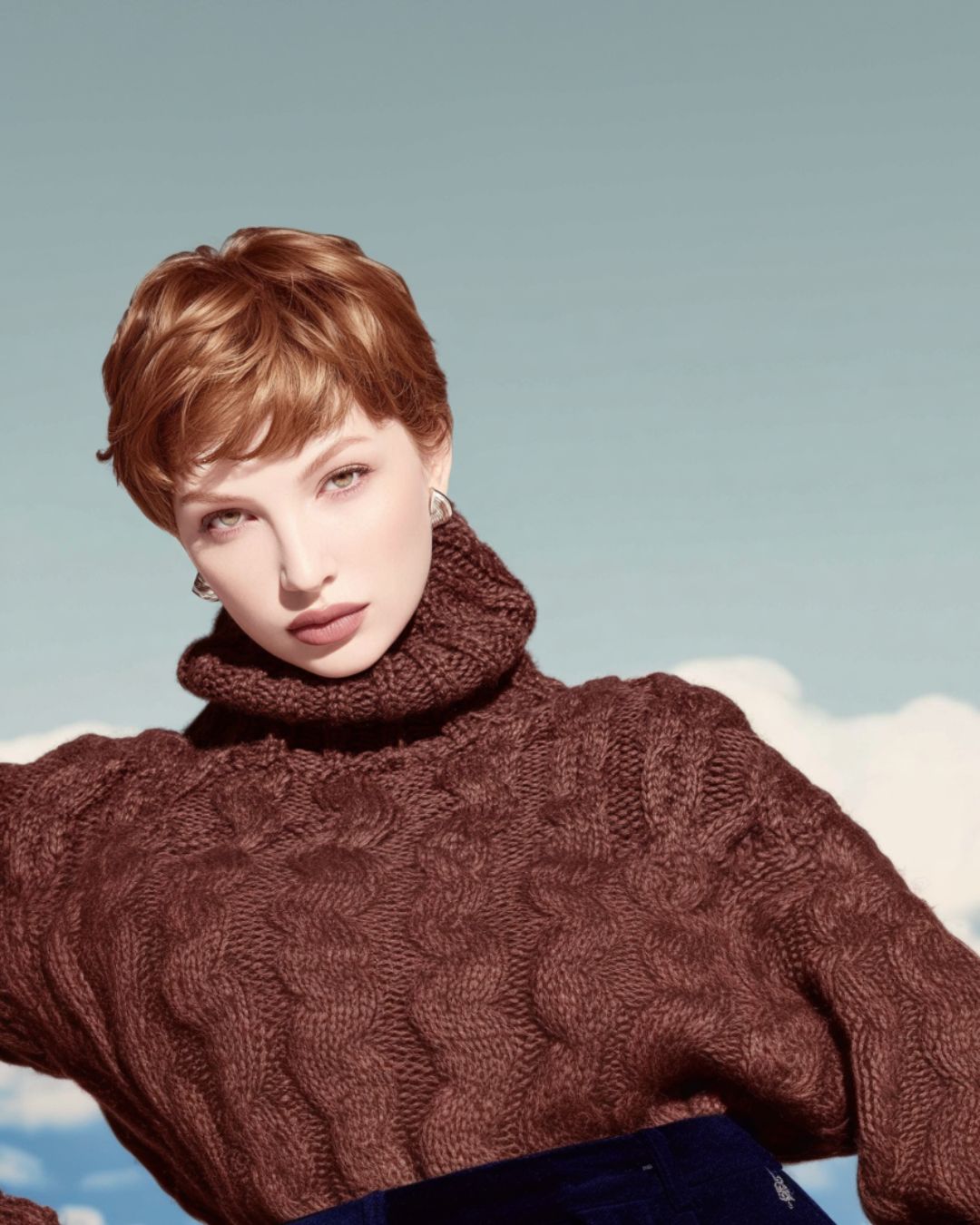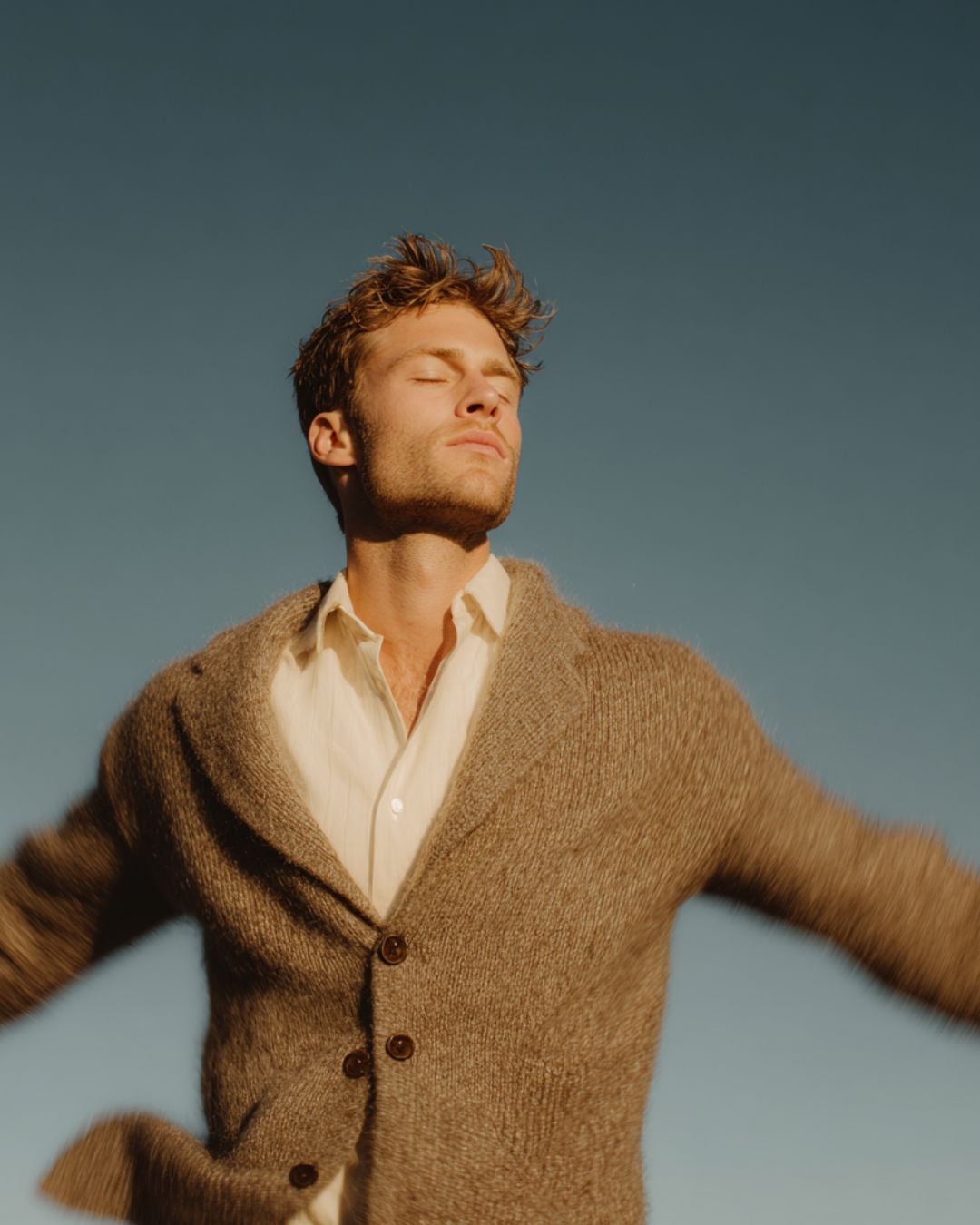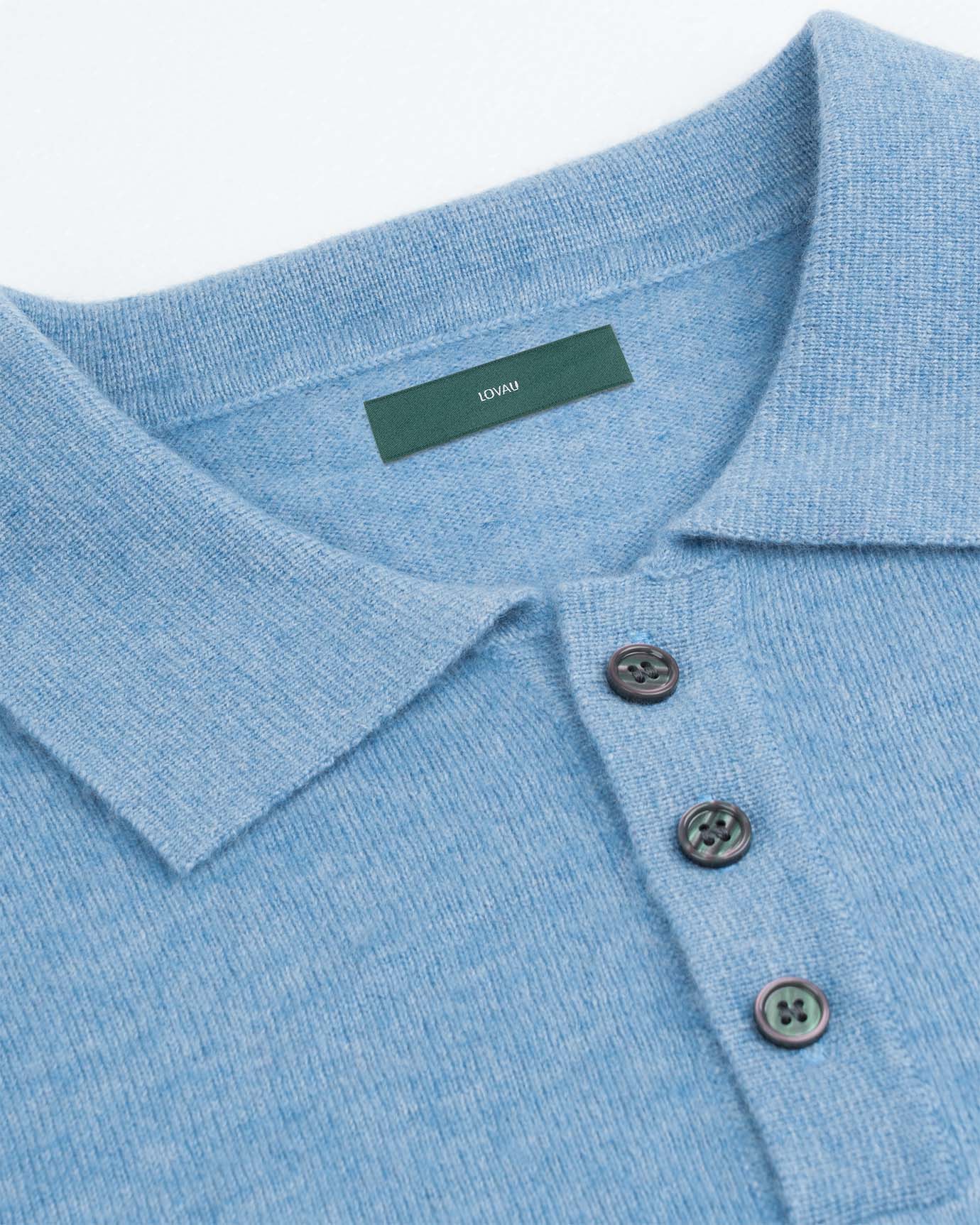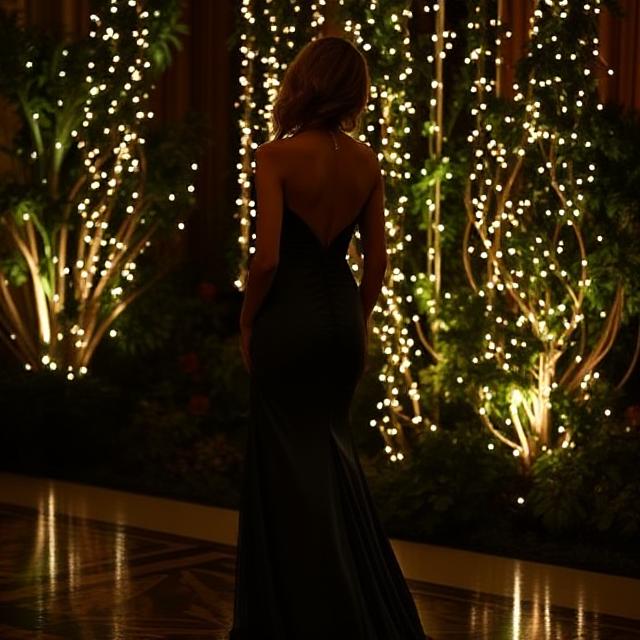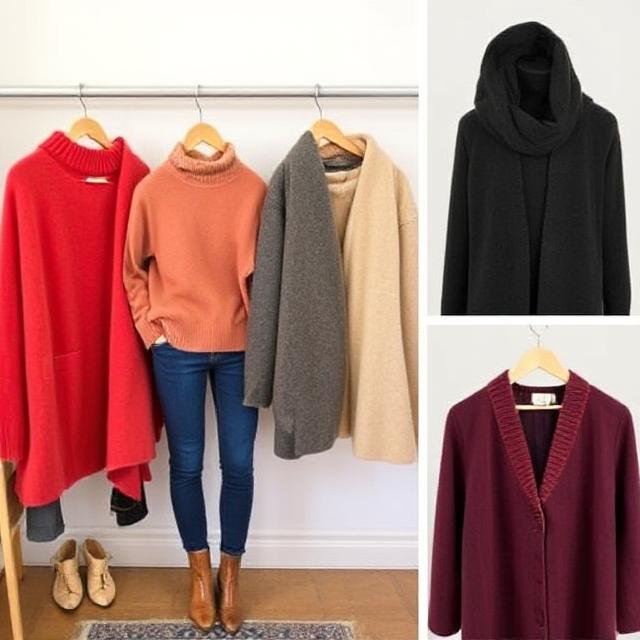
Por qué el Old Money no sigue los ciclos de la moda
En la era de las tendencias impredecibles, donde las temporadas de moda van y vienen en un abrir y cerrar de ojos, el estilo tradicional se mantiene inalterado. No se adapta a las microtendencias de TikTok ni cambia con las promociones de los influencers. En cambio, se basa en valores inmunes a la moda: tradición, moderación y permanencia.
Entender por qué la gente adinerada no sigue los ciclos de la moda va más allá de la ropa. Se trata de mentalidad, herencia y un estilo de vida que prioriza la calidad sobre la novedad. Profundicemos en lo que realmente distingue a esta estética del resto.

Un estilo arraigado en el legado generacional
El estilo de la alta sociedad se basa enla herencia . Muchas piezas que se usan en estos círculos provienen de padres o abuelos, no de una compra reciente. Cada prenda tiene una historia, y estas historias tienen más valor que los gráficos de tendencias.
En las familias donde el linaje y el legado son fundamentales, la moda se convierte en parte de una identidad cultural más amplia. La ropa se usa porque siempre se ha usado, no porque esté de moda .
Rechazo de la cultura de la moda rápida
La moda rápida se basa en la producción rápida, los bajos costos y una estética en constante evolución. Los ricos de toda la vida rechazan este modelo por completo. Prefieren piezas diseñadas para durar, confeccionadas con telas de alta calidad y fabricadas por marcas conocidas por su atemporalidad en lugar de por estar a la moda.
El enfoque del dinero tradicional no es solo una forma diferente de comprar. Es una protesta silenciosa contra la cultura del usar y tirar. Ofrece más con menos y prioriza el uso a largo plazo sobre el atractivo temporal.
Minimalismo que no es para lucirse
El minimalismo se ha convertido en un movimiento de moda, pero para la élite adinerada, siempre ha sido la norma . No es necesario tener veinte pares de zapatos ni renovar el armario cada temporada. En cambio, la atención se centra en prendas esenciales con múltiples usos.
Esta moderación no es casual. Refleja una vida estable donde no hay urgencia por impresionar. El objetivo es mantener la discreción , no ir mal vestido.
Tonos neutros que trascienden el tiempo
La moda tradicional rara vez se deja llevar por estampados atrevidos o paletas neón. El armario predilecto está repleto de tonos neutros : azul marino, beige, camel, marfil y gris carbón. Estos colores son fáciles de combinar, fáciles de llevar y resistentes a la obsolescencia estacional.
Los colores neutros transmiten confianza sin necesidad de ser llamativos. Usar colores apagados indica seguridad en uno mismo y no busca la aprobación externa.
Los ciclos de la moda están impulsados por el comercio
Las tendencias de moda se rigen principalmente por el marketing. Las marcas necesitan que los clientes se sientan anticuados para que compren la nueva colección. El estilo tradicional, en cambio, no está determinado por el comercio .
Cuando tu estilo se basa en la tradición, no hay presión para seguir la tendencia. Tus elecciones de ropa reflejan quién eres, no lo que el mercado te dice que debes ser. Por eso, el mismo suéter de cachemira o falda plisada se puede usar durante décadas .
Íconos atemporales por encima de creadores de tendencias
Mientras las revistas de moda promocionan a influencers y diseñadores cada temporada, los adeptos de la alta sociedad recurren a iconos . Piensen en Audrey Hepburn, Jackie Kennedy o Carolyn Bessette-Kennedy. Sus looks no estaban ligados a las tendencias, sino a una sensibilidad atemporal que nunca se desvanece.
En lugar de preguntarse qué está de moda, la gente con dinero de toda la vida pregunta qué ha funcionado siempre. Esta mentalidad crea un sentido de la moda que se siente a la vez arraigado y elevado .
Aderezo de inversión
El dinero antiguo no compra más. Compra mejor. Vestirse con inversión significa comprar un abrigo una vez y usarlo durante quince años. Significa confeccionar un blazer para que te quede perfecto, en lugar de comprar uno nuevo cada otoño .
Las piezas de estos armarios tienen un precio elevado, no por la marca, sino por su calidad duradera. Una prenda bien hecha se considera una inversión inteligente, no un lujo.
La vestimenta como reflejo de la crianza
La moda tradicional adinerada suele aprenderse, no comprarse. Los niños de familias adineradas se crían para vestir de cierta manera desde pequeños. Su estilo se guía por la etiqueta, no por los reportajes de las pasarelas. Con el tiempo, vestirse con intención se convierte en algo natural.
Esta temprana exposición a la vestimenta refinada garantiza que incluso los atuendos casuales reflejen valores profundamente arraigados. Nada es casual. Todo está cuidadosamente pensado .
Elegancia en la funcionalidad
La funcionalidad es fundamental en el guardarropa de las personas adineradas. Una chaqueta militar encerada no solo es elegante, sino que también es impermeable y dura toda la vida. Los mocasines de cuero no son una moda pasajera: son prácticos, cómodos y universalmente elegantes .
La regla es simple. Si una prenda no resiste el paso del tiempo ni las inclemencias del tiempo, no debe estar en el armario. Esta regla por sí sola elimina la mayor parte de lo que está disponible en la moda rápida.
No necesita aprobación
La moda suele ser una forma de buscar la validación social, especialmente en redes sociales. Las personas adineradas no necesitan aprobación externa. Su confianza proviene de su educación, riqueza y acceso, no de su vestimenta.
Esto da como resultado un estilo de moda introspectivo. Se trata de sentirse cómodo y correcto, no de ser fotografiado o elogiado por el público digital.
Uniformes personales
La mayoría de las personas asociadas con la alta sociedad tienen un uniforme personal. Puede ser un pantalón caqui con una camisa azul claro o un traje azul marino con zapatos brogue. Estas combinaciones se usan una y otra vez con poca variación.
Vestirse de manera uniforme ahorra tiempo y mantiene la consistencia. Y lo que es más importante, demuestra que el estilo no se trata de variedad, sino de saber qué te funciona.
Imprescindibles sin temporada
Los armarios de las personas adineradas contienen prendas esenciales atemporales que funcionan todo el año. Piensa en suéteres de cachemira, gabardinas, camisas blancas, faldas de lana y abrigos color camel. Estas prendas se eligen por su capacidad de adaptación, no por un calendario .
Cuando la ropa no depende de las tendencias de colores o cortes de tela de la temporada, dura más y sigue siendo relevante mucho más allá de un ciclo de moda.
Ropa que combina con el entorno
El estilo de la alta sociedad se adapta al entorno, no a las estaciones. Ya sea una finca rural, un yate o una cena, la ropa se elige por su idoneidad , no por su impacto. Esto significa que la ubicación, la tradición y el evento influyen en el atuendo más que los medios de comunicación.
Nunca se trata de ser el mejor vestido. Se trata de ser el más apropiado .

El verdadero estilo es invisible
Quizás el rasgo más distintivo de la moda tradicional es su invisibilidad. No está diseñada para llamar la atención. Está diseñada para integrarse y destacar por su gracia, calidad y autenticidad. Si se ejecuta bien, el atuendo desaparece y solo queda la impresión de un encanto natural.
Conclusión
La gente adinerada no sigue los ciclos de la moda porque no lo necesita. Se rige por la tradición, no por las tendencias. Por la calidad, no por la cantidad. Por la confianza discreta, no por la aprobación pública. Mientras la moda se reinventa temporada tras temporada, el estilo de la gente adinerada se mantiene constante: elegante, discreto y totalmente inmune al caos.
Si quieres que tu estilo perdure en el tiempo, deja de perseguir la moda. Empieza a cuidar tu armario como si fuera una reliquia familiar.



